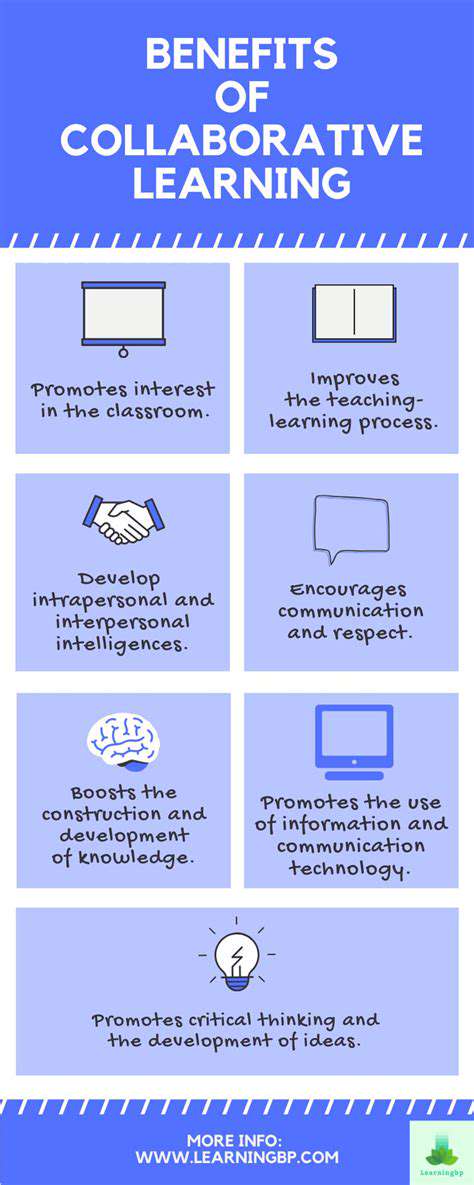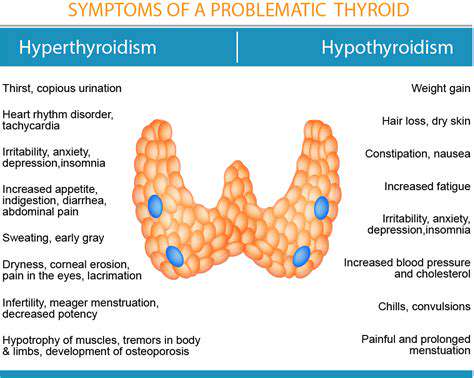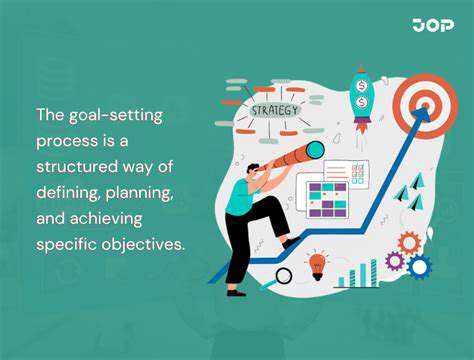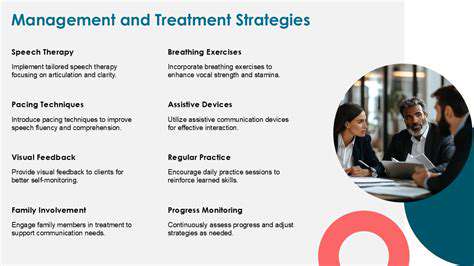The Importance of Patience in Finding the Right Migraine Treatment
The Varied Nature of Migraine and Its Treatment Landscape

Understanding the Root Causes
Migraine, a debilitating neurological disorder, affects millions worldwide. While the exact cause remains elusive, a confluence of factors likely contributes to its development. Genetics plays a significant role, as individuals with a family history of migraines are at increased risk. Environmental triggers, such as stress, changes in sleep patterns, and dietary factors, can also act as potent catalysts. Understanding these potential triggers is crucial for effective management.
Beyond these general factors, specific triggers can vary considerably from person to person. For example, some individuals are highly sensitive to particular foods, while others experience migraines after exposure to strong smells or loud noises. This variability underscores the personalized approach needed for effective migraine prevention and treatment.
Diagnostic Challenges and Complexity
Diagnosing migraines can be challenging, as the symptoms can mimic those of other conditions. Headaches, pulsating pain, and sensitivity to light and sound are common, but not exclusive, to migraine. Accurate diagnosis often relies on a detailed patient history, including symptom frequency, duration, and any associated factors. Physicians may also utilize imaging techniques and neurological examinations to rule out other potential causes.
The variability in migraine presentation further complicates diagnosis. Some individuals experience aura preceding the headache, while others do not. This diversity in symptom expression can make accurate identification and management a significant hurdle.
Impact on Daily Life and Quality of Life
Migraine attacks can significantly disrupt daily life, impacting work, school, and social activities. The debilitating pain, nausea, and sensitivity to stimuli can make even basic tasks challenging. This impact extends beyond the immediate pain, often leading to lost productivity and decreased overall quality of life. The emotional toll of chronic migraine can be substantial, contributing to stress, anxiety, and depression.
The unpredictability of migraine attacks can be particularly distressing. Individuals often live in fear of the next attack, hindering their ability to plan and engage in activities they once enjoyed. This chronic uncertainty can negatively affect relationships and personal well-being.
Treatment Approaches and Management Strategies
Fortunately, various treatment options are available for managing migraine. These include over-the-counter pain relievers, prescription medications, and alternative therapies. Pharmacological interventions aim to reduce pain intensity and frequency, while non-pharmacological approaches focus on lifestyle modifications. This multifaceted approach often requires careful consideration of individual needs and preferences.
A crucial aspect of migraine management is identifying and avoiding triggers. Keeping a detailed headache diary can help pinpoint potential environmental or dietary triggers, enabling proactive measures to minimize future attacks. This proactive approach, combined with effective treatment strategies, can significantly improve quality of life for those affected by migraines.
Prevention and Lifestyle Modifications
Implementing preventative strategies can significantly reduce the frequency and severity of migraine attacks. Maintaining a consistent sleep schedule, managing stress effectively, and adopting a healthy diet are crucial components of a preventative approach. Regular exercise, mindfulness practices, and relaxation techniques can further enhance overall well-being and reduce migraine triggers. These lifestyle modifications are often essential components of a comprehensive migraine management plan.
Identifying and addressing individual triggers is paramount. This involves working closely with healthcare professionals to pinpoint specific factors contributing to migraine attacks. Careful attention to environmental factors, dietary habits, and stress management strategies, combined with appropriate medical guidance, can contribute to long-term migraine prevention.
Long-Term Management and Support Systems
Long-term migraine management requires a sustained commitment to self-care and adherence to prescribed treatment plans. Regular communication with healthcare providers is essential to monitor treatment effectiveness and adjust strategies as needed. Support groups and educational resources can provide valuable insights and emotional support for individuals living with migraine.
Connecting with others who understand the challenges of living with migraine can foster a sense of community and shared experience. This support network can provide invaluable encouragement, practical advice, and emotional understanding, enabling individuals to better navigate the complexities of long-term migraine management.
The Importance of a Collaborative Approach with Your Healthcare Provider

Fostering Teamwork and Synergy
A collaborative environment is crucial for achieving shared goals and maximizing individual contributions. When team members work together, they can leverage each other's strengths, fostering a dynamic exchange of ideas and perspectives. This collaborative spirit encourages innovative solutions and promotes a sense of shared responsibility, ultimately leading to more effective outcomes. A collaborative approach is essential for tackling complex challenges and achieving ambitious objectives, ensuring everyone feels valued and involved in the process.
Effective teamwork hinges on open communication and mutual respect. By creating a space where everyone feels comfortable sharing their ideas and concerns, teams can build trust and enhance their collective problem-solving abilities. This supportive environment allows for the free flow of information, which is essential for making informed decisions and reaching consensus.
Enhancing Creativity and Innovation
Collaboration provides a fertile ground for creativity and innovation. Different perspectives and experiences converge, leading to a broader range of solutions and approaches. When individuals from diverse backgrounds come together, they bring unique insights and ideas that can spark new possibilities and lead to groundbreaking discoveries.
The interplay of various viewpoints often leads to the generation of innovative solutions that might not have emerged within a purely individualistic framework. This collaborative process encourages experimentation and risk-taking, as individuals feel supported in exploring unconventional ideas and approaches without fear of judgment.
Improving Problem-Solving Capabilities
A collaborative approach to problem-solving allows for a more comprehensive analysis of challenges. When multiple minds work together, a wider range of potential solutions and strategies are considered. Teams can leverage diverse skills and knowledge to develop more robust and effective solutions, addressing the nuances of a problem from various angles.
This process also fosters critical thinking and decision-making skills within the team. Collaborative problem-solving allows for constructive feedback and the refinement of ideas, leading to more well-rounded and comprehensive approaches to tackling complex issues. The shared responsibility for finding solutions strengthens team cohesion and improves overall problem-solving efficiency.
Streamlining Processes and Efficiency
Collaboration can significantly streamline processes and enhance overall efficiency. By sharing tasks and responsibilities, team members can focus on their areas of expertise, optimizing the workflow and reducing redundancies. This division of labor, coupled with clear communication channels, can significantly reduce the time required to complete projects and achieve objectives.
Effective communication is paramount in streamlining processes. Collaboration requires clear communication channels and a shared understanding of goals and responsibilities. This clarity in communication significantly reduces misunderstandings and conflicts, allowing for a smoother and more efficient workflow.
Building Stronger Relationships and Trust
Collaboration fosters stronger relationships and trust within teams. Working together on shared goals and projects allows team members to understand each other's strengths, weaknesses, and working styles. This understanding builds trust and respect, creating a supportive environment where individuals feel comfortable taking risks and contributing their best work.
Stronger relationships within a team translate into increased motivation and productivity. When team members feel supported and valued, they are more likely to be engaged and committed to achieving shared objectives. Furthermore, the development of trust and rapport among team members leads to a more positive and productive work environment.












